
How to Use SOCKET: Examples, Pinouts, and Specs
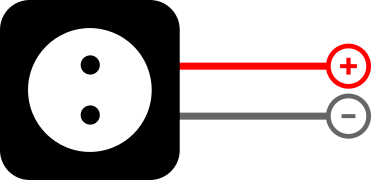
 Design with SOCKET in Cirkit Designer
Design with SOCKET in Cirkit DesignerIntroduction
A socket is a device that provides a connection point for electrical components, enabling the easy insertion and removal of plugs or connectors. Sockets are widely used in electronics to facilitate modularity, simplify maintenance, and ensure secure electrical connections. They are available in various types, including IC sockets, power sockets, and communication sockets, each designed for specific applications.
Explore Projects Built with SOCKET
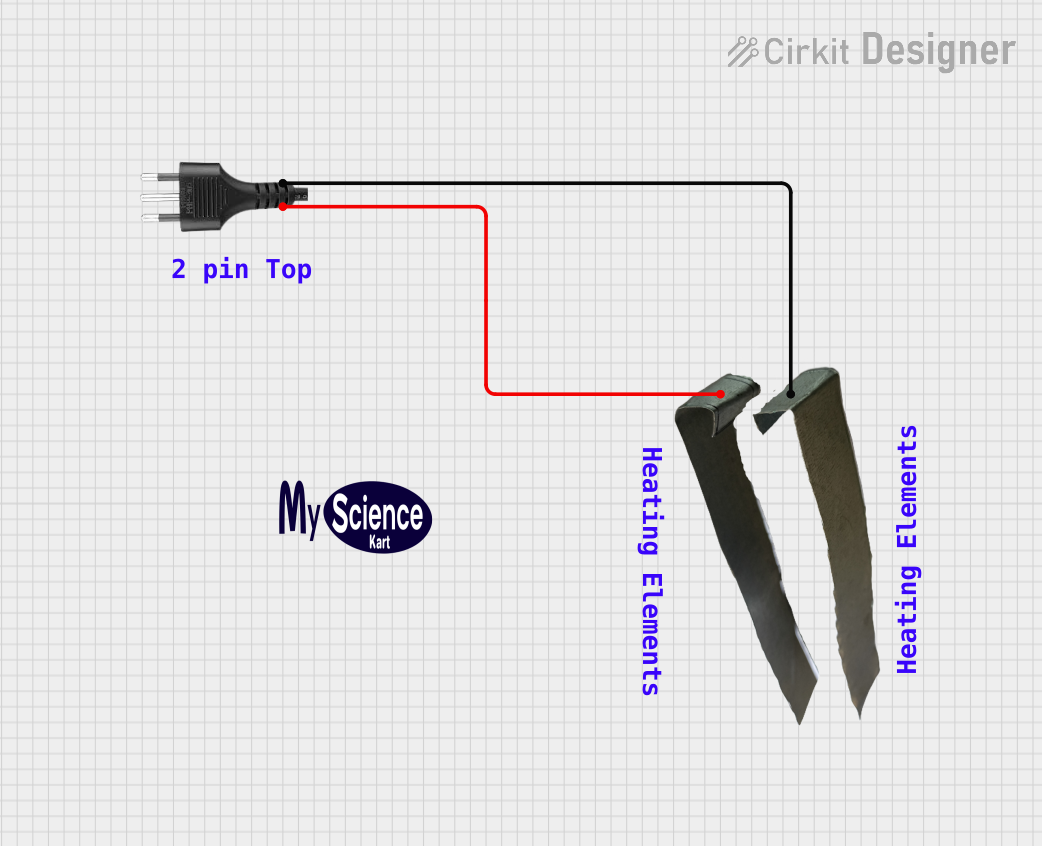
 Open Project in Cirkit Designer
Open Project in Cirkit Designer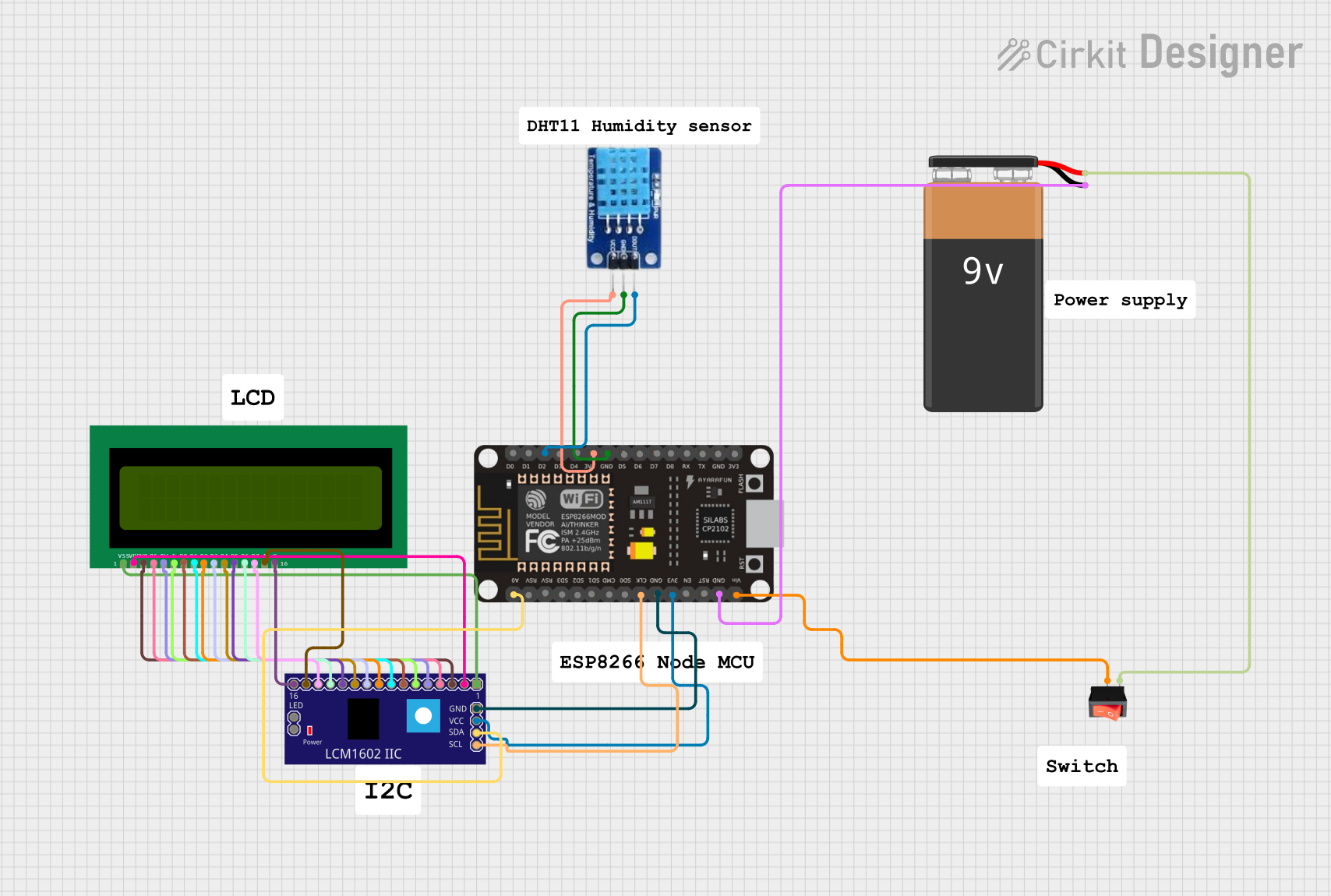
 Open Project in Cirkit Designer
Open Project in Cirkit Designer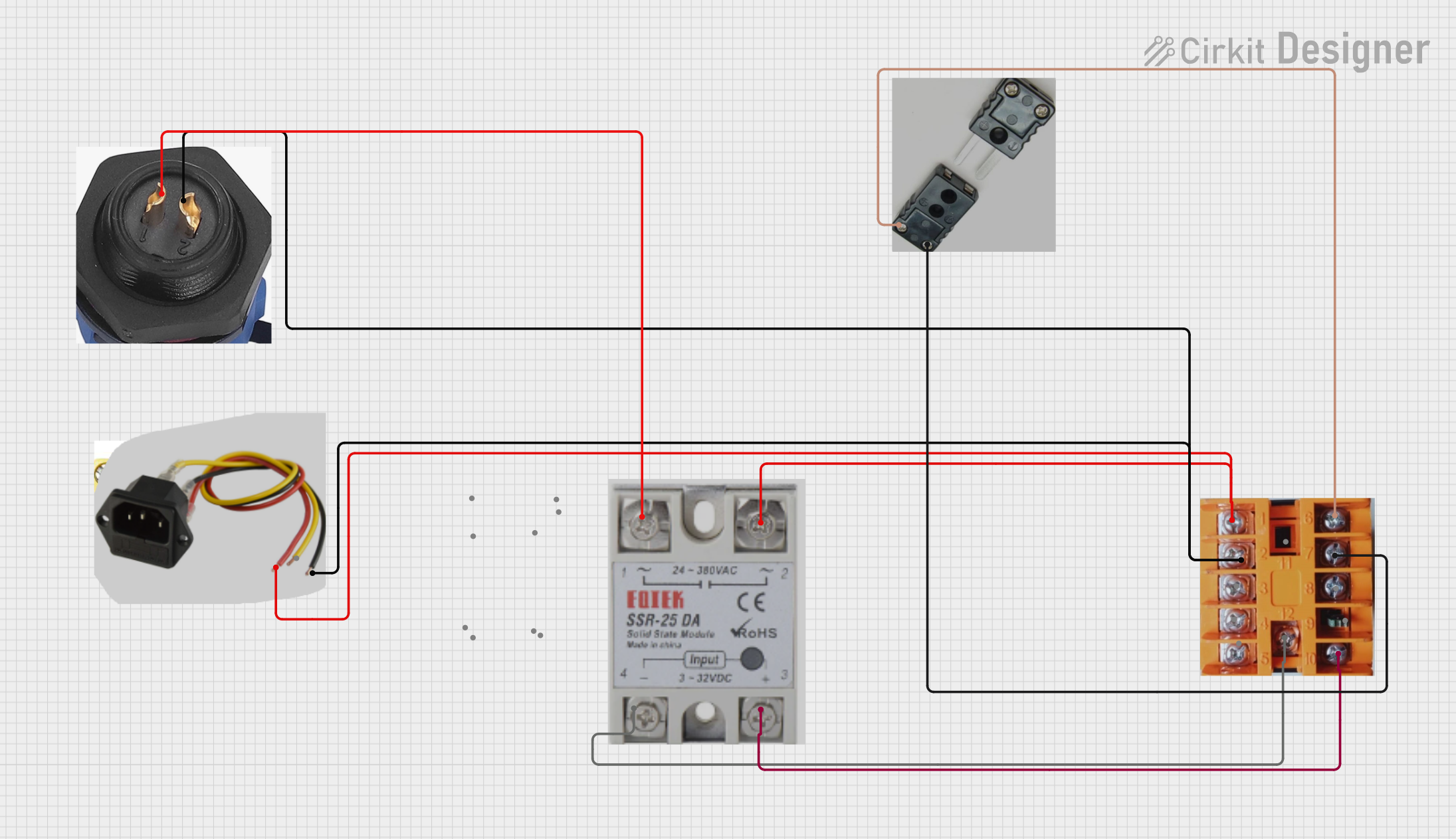
 Open Project in Cirkit Designer
Open Project in Cirkit Designer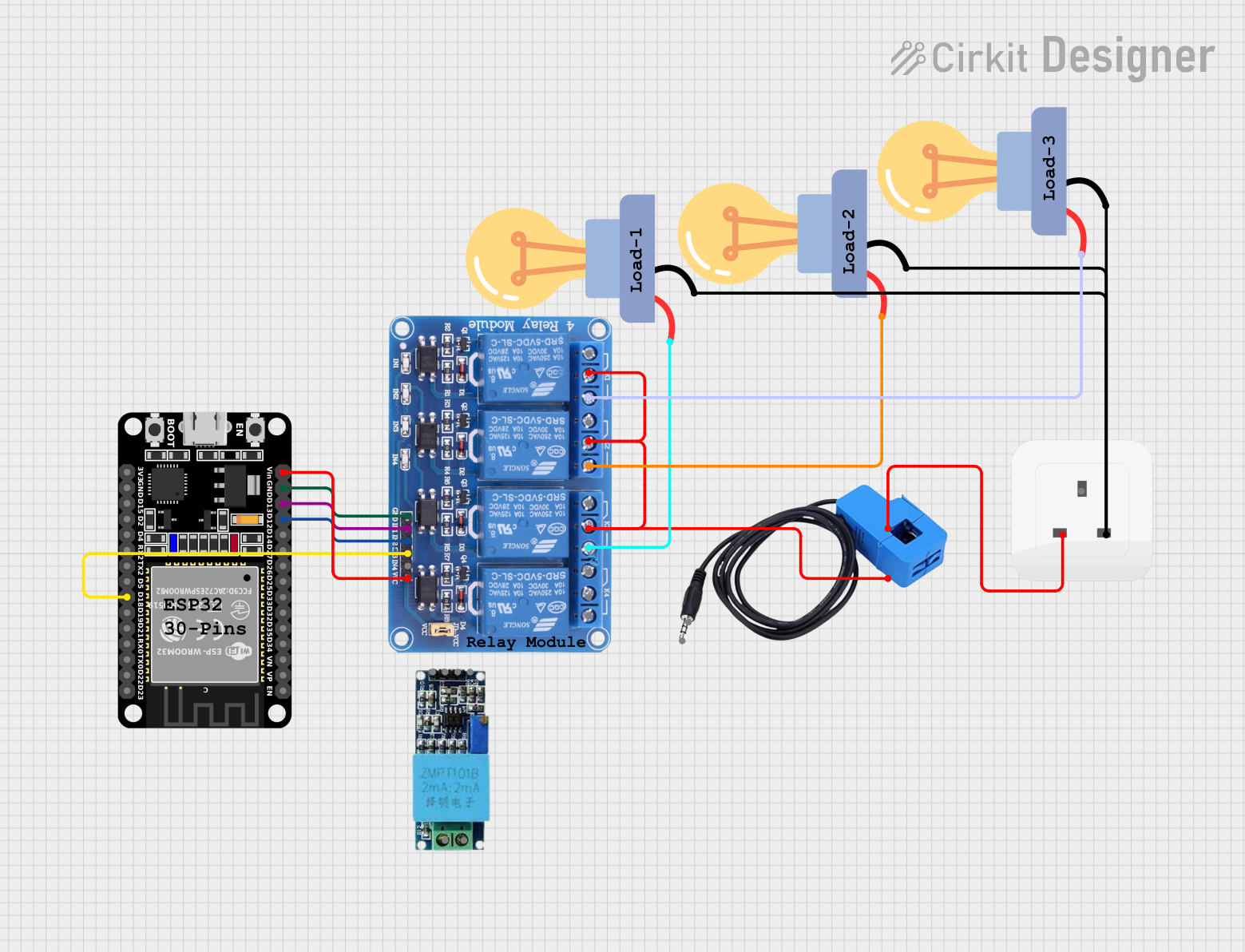
 Open Project in Cirkit Designer
Open Project in Cirkit DesignerExplore Projects Built with SOCKET

 Open Project in Cirkit Designer
Open Project in Cirkit Designer
 Open Project in Cirkit Designer
Open Project in Cirkit Designer
 Open Project in Cirkit Designer
Open Project in Cirkit Designer
 Open Project in Cirkit Designer
Open Project in Cirkit DesignerCommon Applications and Use Cases
- Integrated Circuits (ICs): IC sockets allow for the easy replacement of ICs without soldering.
- Power Connections: Power sockets provide a safe and reliable interface for electrical appliances.
- Communication Ports: Sockets like RJ45 or USB enable data transfer between devices.
- Prototyping: Sockets are used in breadboards and development boards for temporary connections.
Technical Specifications
Sockets come in a variety of designs and specifications depending on their intended use. Below are some general technical details and pin configurations for common socket types.
General Specifications
| Parameter | Value/Range |
|---|---|
| Voltage Rating | 5V to 250V (varies by type) |
| Current Rating | 0.5A to 15A (varies by type) |
| Material | Plastic (insulator), metal (contacts) |
| Operating Temperature | -40°C to 85°C |
| Contact Resistance | < 20 mΩ |
| Insulation Resistance | > 100 MΩ |
Example: IC Socket Pin Configuration
| Pin Number | Description |
|---|---|
| 1 | VCC (Power Supply) |
| 2 | Input/Output Pin |
| 3 | Ground (GND) |
| 4+ | Additional I/O or control pins depending on IC type |
Example: Power Socket Pin Configuration
| Pin Name | Description |
|---|---|
| Line (L) | Live wire for AC power |
| Neutral (N) | Neutral wire for AC power |
| Earth (E) | Grounding connection |
Usage Instructions
Sockets are straightforward to use but require attention to detail to ensure proper functionality and safety. Below are general guidelines for using sockets in circuits.
How to Use a Socket
- Select the Appropriate Socket:
- Choose a socket that matches the pin configuration and electrical ratings of your component.
- Insert the Component:
- Align the pins of the component with the socket and gently press it into place.
- Connect to the Circuit:
- Solder or connect the socket terminals to the circuit board or wires as needed.
- Test the Connection:
- Verify that the component is securely seated and that all connections are correct.
Important Considerations and Best Practices
- Avoid Overloading: Ensure the socket's voltage and current ratings are not exceeded.
- Check Compatibility: Use sockets designed for the specific type of component (e.g., IC, power plug).
- Secure Mounting: For high-power or high-frequency applications, ensure the socket is firmly mounted to prevent loose connections.
- Handle with Care: Avoid bending or damaging the socket's pins or contacts during insertion or removal.
Example: Using an IC Socket with Arduino UNO
IC sockets are often used with microcontrollers like the Arduino UNO to simplify prototyping. Below is an example of connecting an IC socket to an Arduino UNO.
// Example: Blinking an LED connected via an IC socket
// Ensure the IC socket is securely connected to the Arduino pins.
const int ledPin = 13; // Pin 13 is connected to the IC socket
void setup() {
pinMode(ledPin, OUTPUT); // Set the pin as an output
}
void loop() {
digitalWrite(ledPin, HIGH); // Turn the LED on
delay(1000); // Wait for 1 second
digitalWrite(ledPin, LOW); // Turn the LED off
delay(1000); // Wait for 1 second
}
Troubleshooting and FAQs
Common Issues
Loose Connections:
- Cause: The component is not properly seated in the socket.
- Solution: Reinsert the component, ensuring all pins are aligned and fully inserted.
Overheating:
- Cause: Exceeding the socket's current or voltage rating.
- Solution: Verify the electrical ratings and reduce the load if necessary.
Corrosion or Dirt on Contacts:
- Cause: Environmental factors or prolonged use.
- Solution: Clean the contacts with isopropyl alcohol and a soft brush.
Intermittent Connections:
- Cause: Damaged or bent pins in the socket.
- Solution: Inspect and replace the socket if necessary.
FAQs
Q: Can I use a socket for high-frequency applications?
A: Yes, but ensure the socket is designed for high-frequency use to minimize signal loss or interference.
Q: How do I choose the right socket for my IC?
A: Match the socket's pin count, pitch, and electrical ratings to the IC's specifications.
Q: Can I solder components directly into a socket?
A: No, sockets are designed for temporary connections. Soldering may damage the socket and defeat its purpose.
Q: What is the lifespan of a socket?
A: The lifespan depends on the material and usage but typically ranges from 500 to 10,000 insertion/removal cycles.